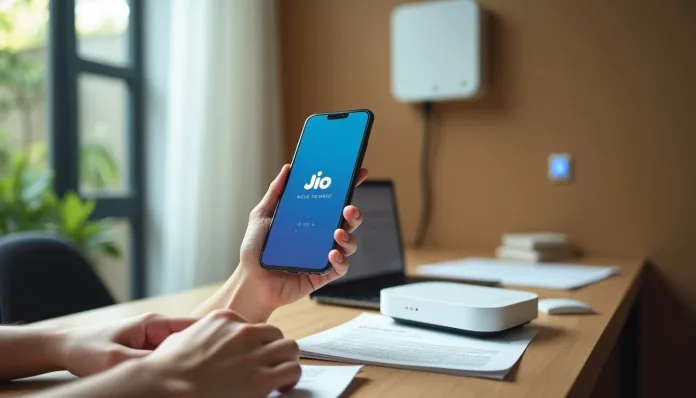Technology

AMD Ryzen Embedded 9000 Series Launched For Industrial Use
AMD has unveiled its Ryzen Embedded 9000 series, a lineup derived from Ryzen 9000 desktop processors but customized for industrial PCs, automation systems, and...

Dell Pro 14 Essential and 15 Essential Laptops Launch in India at ₹31,999
Dell Technologies has unveiled its new Dell Pro 14 Essential and Dell Pro 15 Essential laptops, specifically crafted for India's thriving small and medium...

JBL Tour ONE M3 Launched: SMART Tx & 70Hrs Battery
JBL Tour ONE M3 has launched the premium wireless headphones in India at ₹34,999, featuring the industry-first JBL SMART Tx audio transmitter with Auracast™...

How to Cancel Jio Fiber Connection: Official Process in 2025
How to Cancel Jio Fiber Connection in 2025: Here's something interesting about JioFiber - you can pay your bills up to 6 months ahead...
The BEST Google Play Redeem Codes as of October 2025
Get the Best Google Play Redeem Codes FREE Today as of September 2025 — All You Need to Know
Google Play, commonly known as the...
WhatsApp Finally Testing Username Reservation Feature
WhatsApp beta for Android version 2.25.28.12 includes a new username reservation feature, allowing users to secure their preferred handles before the full username system...
Midas buy Redeem Codes Free UC and Skins in 2025: Check...
Midas buy Redeem Codes Free
Midas buy is one of the well-known digital content marketplaces offers customers redeem codes that can be used to get...
NEW Google Play Store Redeem Codes for Free in 2025
Google Play Store Redeem Codes for Free — Everything You Need to Know in September 2025
Google Play, also known as the Google Play Store,...
Sridhar Vembu Explains the Tech Behind Zoho’s Arattai: A Swadeshi Messaging...
Zoho's Arattai messaging app has taken India by storm, recording a mind-blowing 100-fold surge in daily sign-ups within just three days. But what makes...
Google’s Nano Banana AI Image Tool is Now on X: Here’s...
Google just made AI image editing ridiculously easy. The viral Nano Banana image generator, which has already helped create over 200 million edited images,...









